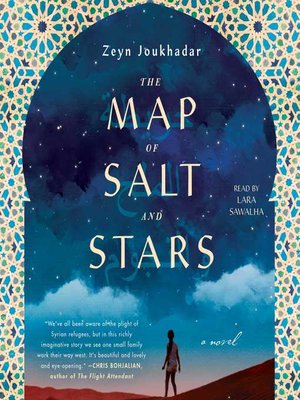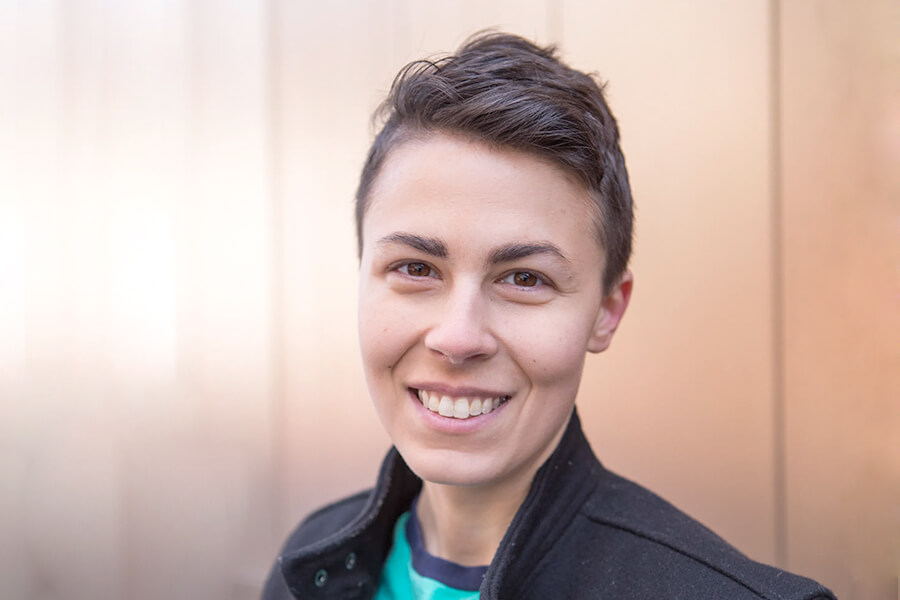
“That’s not the case … I don’t think of as contradictory. especially white people - think I’m somehow in between,” Joukhadar said. “People who are born and raised in the U.S.

His inclusion of the map states, “I’m going to give you a context that may be different than what you expect.” And it serves his ongoing effort “to decenter the Western Canon, America” in his writing.įor Joukhadar - a transgender man living in America and writing about Syria - decentralization is a matter of identity.

Joukhadar uses the map in the beginning of his novel to uncouple the reader from dominant geopolitical orientations. “Maps are political, dependent on who’s telling the story,” Joukhadar said. Eyes to Africa, in the context of Al-Idrisi’s creation, face toward a bright economic future, away from Europe’s persistent darkness. By placing Africa at the top of the frame - quite literally above the rest of the world - the map recognizes the region’s importance.

The Tabula Rogeriana visualizes a world where prosperity lives in the South, sprouting from Africa’s lucrative trade routes, fruitful alliances and abundant resources. “The way you arrange a map tells you something about what’s important to you.”Īnd the map at the beginning of “Salt and Stars,” based on Moroccan cartographer Muhammed al-Idrisi’s Tabula Rogeriana (the most accurate world map in existence at the time of its completion in 1154), is no exception. “People have such a visceral reaction to ,” Joukhadar told our class (Reading the Body Politic: Literature as Moral Thermometer with Professor Azareen Van Der Vliet Oloomi).

There’s a map in the front of Syrian-American novelist Zeyn Joukhadar’s debut novel “The Map of Salt and Stars.” It depicts the Sahara Desert at the top of the frame (due South) and the European continent at the bottom (due North) as they sandwich a centrally located Mediterranean Sea.


 0 kommentar(er)
0 kommentar(er)
